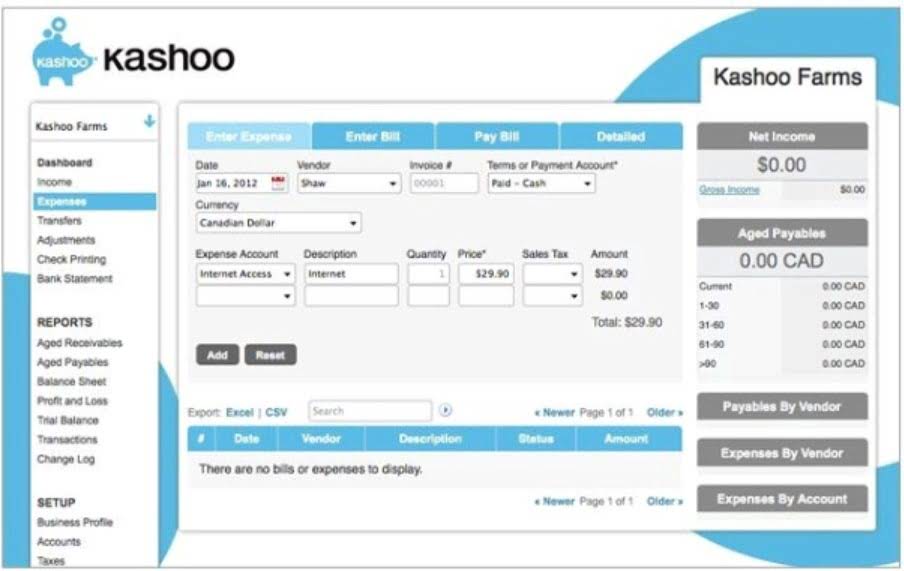
The money that’s left after you’ve paid your shareholders is held onto (or “retained”) by the business. Each accounting period, the revenue and expenses reported on the income statement are “closed out” to retained earnings. This allows your business to start recording income statement transactions anew for each period. Retained earnings are the portion of income that a business keeps for internal net sales operations rather than paying out to shareholders as dividends. Retained earnings are directly impacted by the same items that impact net income.

Firm of the Future
- When a company consistently experiences net losses, those losses deplete its retained earnings.
- Remember, every number tells a story in the language of business, and retained earnings are akin to chapters of a company’s growth narrative.
- You can use this calculator to figure out your retained earnings account’s balance at the end of your accounting period.
- Stockholders’ equity is a financial indicator that reflects the value of the assets and liabilities on a company’s balance sheet.
- They’re subtly intertwined—after all, without revenue, there would be no profits to retain—but they serve different purposes in the financial narrative of a company.
- Profit is the company’s bottom line – its total income earned from the sale of goods and services.
Retained earnings are a good source of internal finance used by all organizations. The process of retaining earnings is also known as “plowing back profits.” Retained earnings (RE) are created as stockholder claims against the corporation owing to the fact that it has achieved profits. Stable companies might retain more earnings as a safeguard against economic downturns, while those with less risk may distribute more dividends.
Which of these is most important for your financial advisor to have?

Your net income is either on your income statement or P&L (profit and loss) statement. Retained earnings are the portion of Bookkeeping for Veterinarians a company’s net income that management retains for internal operations instead of paying it to shareholders in the form of dividends. In short, retained earnings are the cumulative total of earnings that have yet to be paid to shareholders. These funds are also held in reserve to reinvest back into the company through purchases of fixed assets or to pay down debt. A company’s equity reflects the value of the business, and the retained earnings balance is an important account within equity.
Challenges in Accurate Retained Earnings Calculations
- These funds are used to finance growth or operations, pay off debt, or for other purposes.
- When a company consistently retains part of its earnings and demonstrates a history of profitability, it’s a good indicator of financial health and growth potential.
- Therefore, whether Retained Earnings fall into the category of equity on the balance sheet.
- Our team of reviewers are established professionals with decades of experience in areas of personal finance and hold many advanced degrees and certifications.
- It shows a business has consistently generated profits and retained a good portion of those earnings.
As a result, additional paid-in capital is the amount of equity available to fund growth. And since expansion typically leads to higher profits and higher net income in the long-term, additional paid-in capital can have a positive impact on retained earnings, albeit an indirect impact. When a company pays dividends to its shareholders, it reduces its retained earnings by the amount of dividends paid. They are a measure of a company’s financial health and they can promote stability and growth. The retained earnings are calculated by adding net income to (or subtracting net losses from) the previous term’s retained earnings and then subtracting any net dividend(s) paid to the shareholders.

It also highlights how this figure can play an important role in determining whether or not a company has enough capital to meet its financial obligations. One common misconception about stockholders’ equity is that it reflects cash resources is retained earnings an asset or liabilities available to the company. Negative equity can also occur when there is not enough money realized from sales to cover the company’s debt obligations. Retained earnings grow in value as long as the company is not distributing them to shareholders and only investing them back into the business.
